Beneath the crystal-clear waters off the coast of Yonaguni Island in Japan lies one of the most mysterious underwater structures ever discovered, the Yonaguni Monument. Referred to as “Japan’s Atlantis,” this submerged formation has ignited a decades-long debate among archaeologists, geologists, and enthusiasts alike. Its origins remain submerged in mystery, with some arguing it is a natural geological formation and others claiming it is evidence of an advanced ancient civilization lost to time.
Discovery
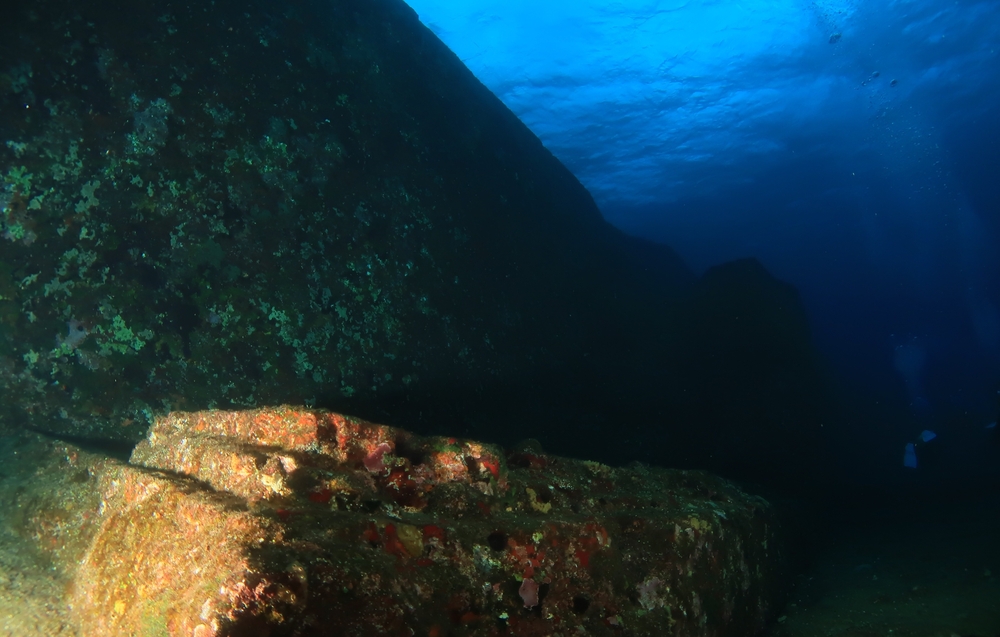
The Yonaguni Monument was first discovered in 1986 by Kihachiro Aratake, a scuba diving instructor searching for prime diving locations. What he stumbled upon was an extraordinary and colossal find. A massive stone structure with sharp-angled steps, terraces, and what appeared to be carved features. This underwater pyramid was found, laying 82 feet beneath the ocean’s surface. The monument measures approximately 150 by 40 meters and rises about 27 meters (90 feet) tall. Its rectangular base and terraced design bear a striking resemblance to ancient architectural marvels like the Egyptian pyramids.
Deep Exploration
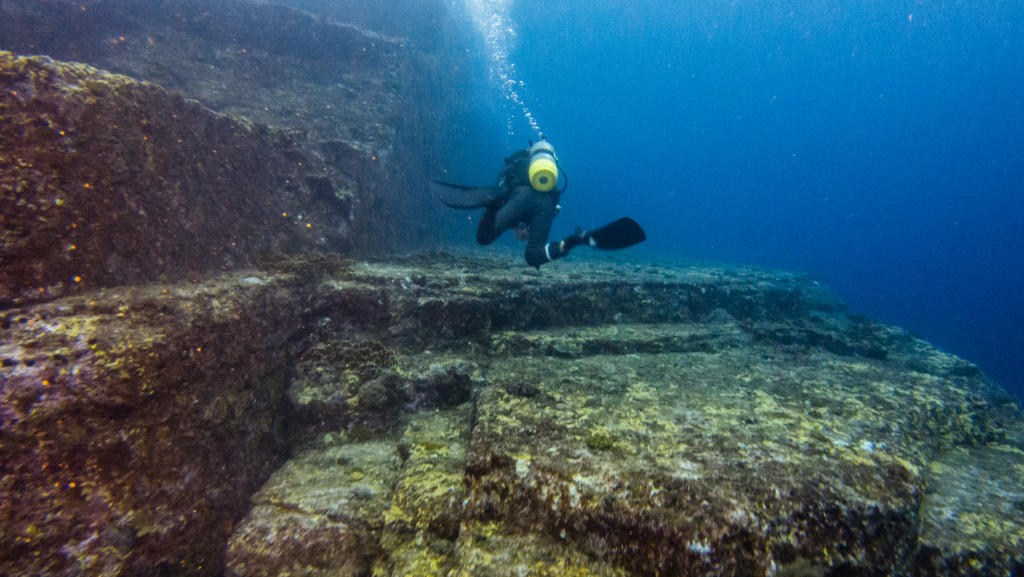
Through further exploration unveiled incredible finds. This includes what some see as temples, archways, pathways, and even a face-like carving etched into the rock. These features have led proponents of the man-made theory to suggest that Yonaguni might have been part of a larger city that sank due to tectonic or climatic events thousands of years ago.
Dating the Monument
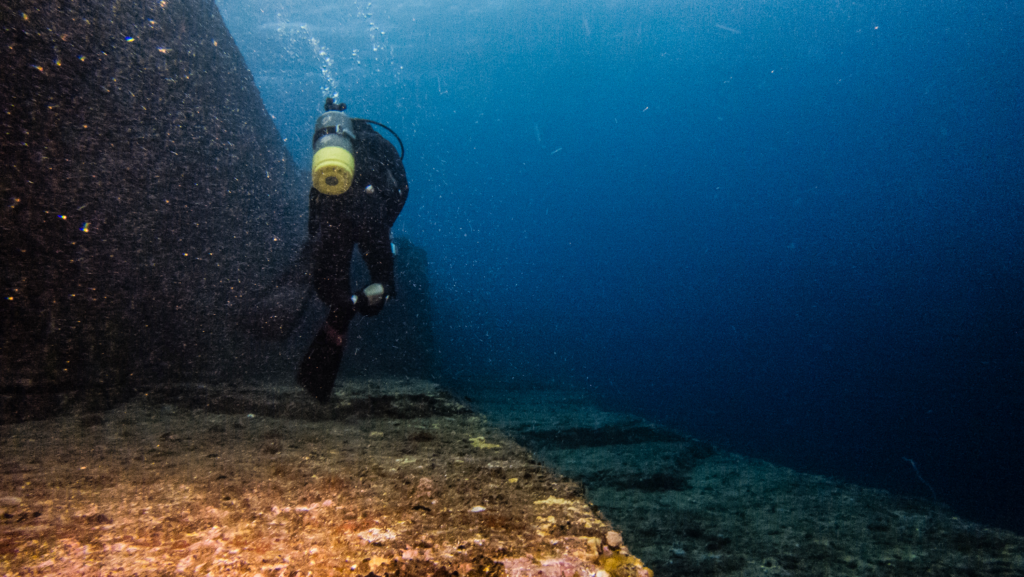
One of the most debated aspects of the Yonaguni Monument is its age. Geological studies suggest that the sandstone bedrock forming the structure could be as old as 20 million years. However, if human hands shaped it, this would place its construction at least 10,000 years ago. This would date the Yonaguni Monument older than other monumental architecture like Stonehenge or the Egyptian pyramids. This timeline brings into contention our conventional archaeological understanding. This posits large-scale construction began only after the advent of agriculture around 12,000 years ago.
Professor Masaaki Kimura from the University of Ryukyu has spent over 15 years studying Yonaguni. He argues that features such as straight edges, right angles, and carvings resembling animals and human faces strongly indicate man-made origins. Kimura has also pointed to nearby discoveries of pottery fragments and tools as evidence supporting his theory.
Natural vs. Man-Made
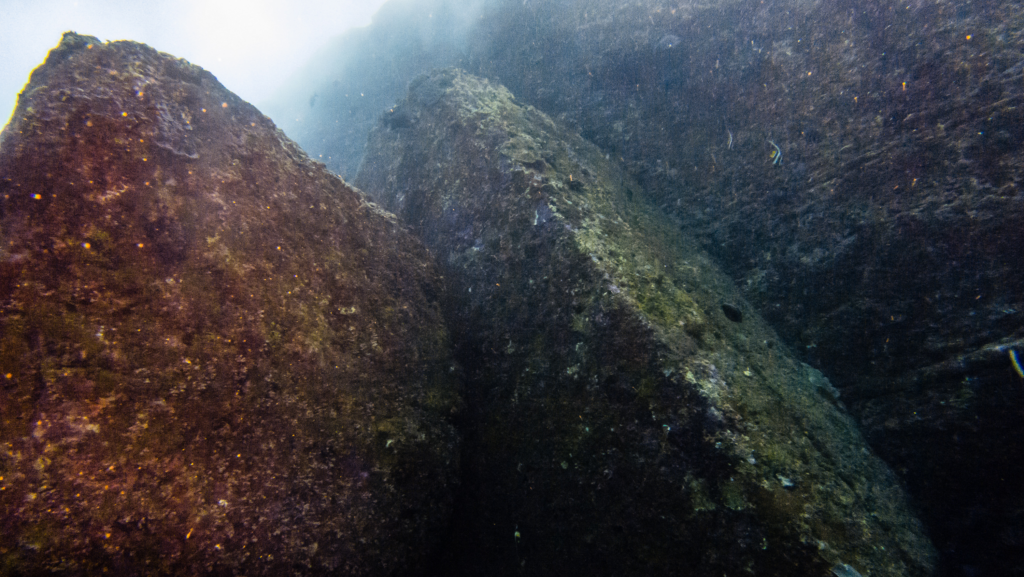
The question of whether the Yonaguni Monument is natural or man-made has divided experts for decades. Geologists like Robert Schoch argue that the structure could be a result of natural geological processes such as tectonic activity and erosion. Japan’s location along a seismically active zone lends belief to this theory. Earthquakes and volcanic activity could have been responsible for shaping the monument into its current form.
On the other hand, proponents of the man-made theory highlight features they believe are too precise to be natural. These include symmetrical terraces, holes aligned in straight rows, and what appears to be deliberate carving. Graham Hancock, a well-known advocate for lost ancient civilizations, has argued that such features point to intelligent design. Hancock’s views have been met with skepticism by mainstream archaeologists like Flint Dibble, who maintain that there is insufficient evidence to attribute the structure to human construction.
Cultural Significance

Regardless of its origins, the Yonaguni Monument holds immense cultural significance for the local community on Yonaguni Island. It has become a symbol of heritage and identity for the island’s 2,000 residents. The site attracts tourists from around the globe eager to dive into its waters and explore its mysteries. This influx of visitors has provided economic opportunities for local businesses catering to divers and history enthusiasts.
The monument has also sparked broader discussions about humanity’s relationship with nature and how ancient societies might have adapted to environmental changes. If Yonaguni was indeed constructed by humans, it would suggest that prehistoric civilizations were far more advanced than previously thought.
A Lost Civilization?
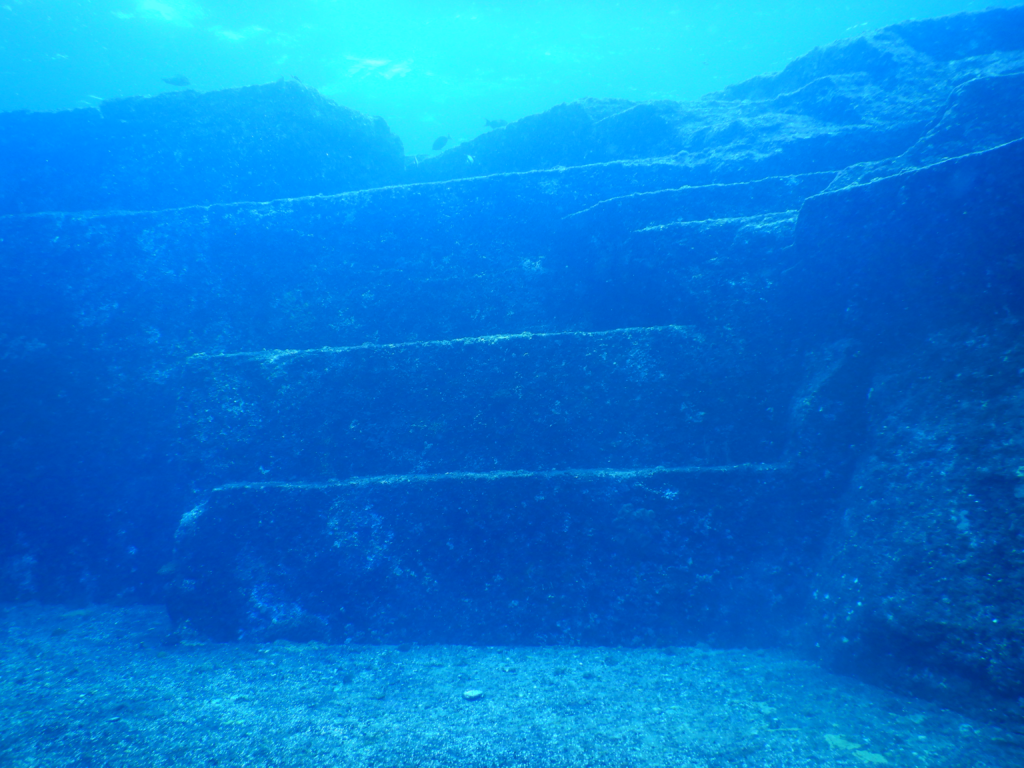
Some researchers have drawn parallels between Yonaguni and mythical lost civilizations like Atlantis or Mu. According to these theories, Yonaguni could represent remnants of an advanced society that flourished during the last Ice Age before being submerged due to rising sea levels. At that time, Yonaguni would have been part of a land bridge connecting Japan to Taiwan, making it plausible that early humans inhabited the region.
A Modern-Day Debate

The mystery surrounding Yonaguni continues to capture the public’s imagination. In April 2024, author Graham Hancock and archaeologist Flint Dibble reignited debate over its origins during an episode of The Joe Rogan Experience. Hancock argued passionately for intelligent design based on features like carved steps and megaliths resembling human faces. Dibble countered by asserting that such formations could easily result from natural processes.
Conclusion
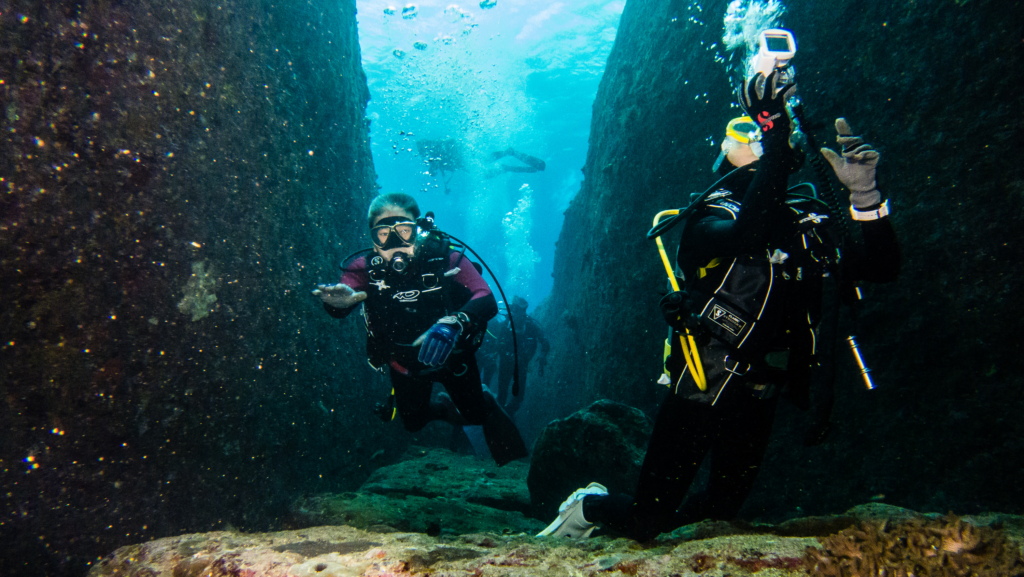
The Yonaguni Monument stands as one of archaeology’s greatest enigmas. Whether it is a natural wonder shaped by millennia of geological forces or evidence of a lost civilization capable of monumental architecture long before recorded history remains uncertain. What is clear is that this underwater marvel continues to inspire curiosity and debate among scientists and enthusiasts alike.
As research advances and technology improves, perhaps one day we will uncover the truth behind this submerged mystery. This truth could change our preconceived notions about everything we know about humanity’s past.

